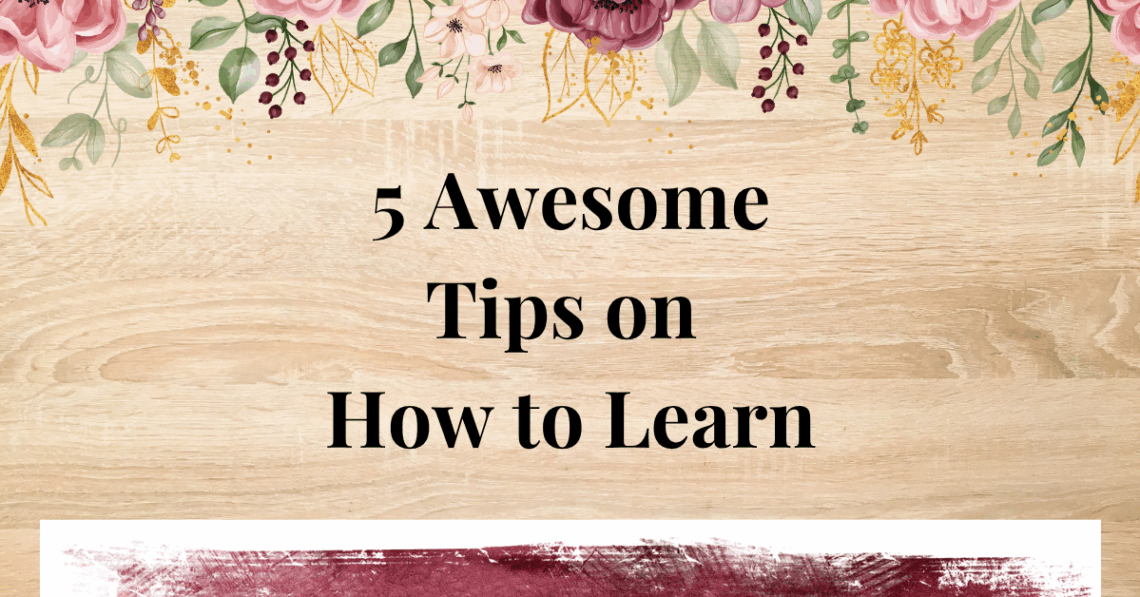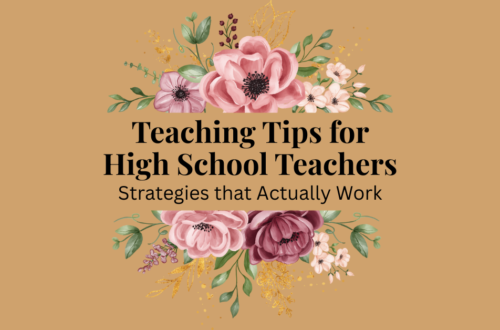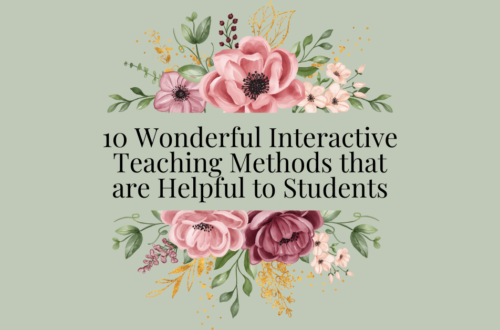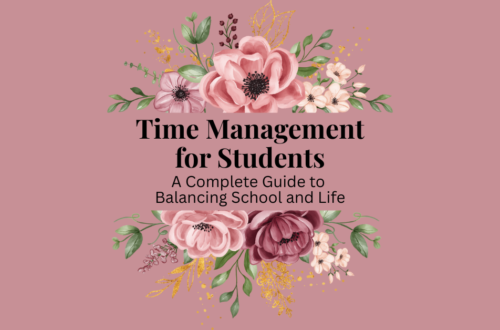Have you ever felt overwhelmed by the pressure to learn something new? Whether you’re a student trying to tackle a difficult subject or an adult learning a new skill, it can be easy to panic. But what if I told you that the key to success isn’t just about cramming information or stressing yourself out—it’s about learning how to learn?
One of the best pieces of advice my dad ever gave me was simple but profound: Learn how you learn. At first, I didn’t fully understand what that meant. However, as I grew older and started to navigate the world of education and personal growth, I realized that this piece of wisdom could be the difference between success and frustration.
Step 1: Understand Your Learning Style
The first part of learning how to learn is understanding your unique learning style. Some people are visual learners who retain information better when they see it. Others are auditory learners, who grasp concepts best by listening. There are also kinesthetic learners, who learn through hands-on activities. Identifying which type you are can drastically improve your ability to retain and process new information.
Tip: Take a learning style quiz or reflect on how you naturally absorb information to figure out your style. Once you know, adapt your study strategies to fit. For example, if you’re a visual learner, using diagrams, videos, or color-coded notes might help you grasp concepts better.
Step 2: Create an Environment That Encourages Focus
Once you know how you learn best, it’s time to create an environment that supports your learning. Whether you’re studying for a test, working on a project, or trying to understand a new concept, your surroundings can make a huge difference in your ability to concentrate. Try to eliminate distractions—put away your phone, turn off unnecessary notifications, and set up a clean, organized study space.
Tip: For auditory learners, consider listening to podcasts or audiobooks while studying, or listening to background music that aids concentration. For kinesthetic learners, incorporate movement, like walking around while reviewing material.
Step 3: Use Active Learning Techniques
It’s not enough to just read or listen to material passively. You need to engage with it actively. Active learning techniques, such as summarizing information in your own words, asking questions, or teaching what you’ve learned to someone else, are some of the most effective ways to retain knowledge.
Tip: Try using the “Feynman Technique”—explain the material as if you’re teaching it to a 10-year-old. This helps identify gaps in your understanding and forces you to really engage with the material.
Step 4: Embrace Mistakes and Be Patient with Yourself
One of the most important aspects of learning how to learn is understanding that mistakes are part of the process. It’s easy to feel like you’re failing when things don’t come easily, but failure is simply feedback. If you’re learning how to study more effectively or struggling to understand something, don’t let frustration hold you back.
Tip: Celebrate small wins and use any setbacks as opportunities for growth. Remember, learning is a journey, not a race.
Step 5: Reflect and Adjust
Finally, learning how to learn requires reflection. After each study session, take a moment to think about what worked and what didn’t. Were the techniques you used effective? Did your environment support your learning? Did you use the best strategies for your learning style?
Tip: Keep a learning journal where you track your progress, note down what methods helped, and adjust your strategies accordingly.
Conclusion
Learning how to learn is the foundation of success, not just in school but in life. By understanding your unique learning style, creating the right environment, actively engaging with the material, embracing mistakes, and reflecting on your progress, you’ll be able to study smarter, not harder. And remember—stop freaking out! The more you understand how to learn, the easier it becomes to absorb, retain, and apply new information.
So, take a deep breath, relax, and start learning how you learn today. It’s time to take control of your education, one study session at a time.
Now that you know how to learn more effectively, it’s time to put it into practice! Share in the comments below which learning strategies work best for you, or send me a message if you have any questions about how to tailor your study habits. Let’s learn together!





